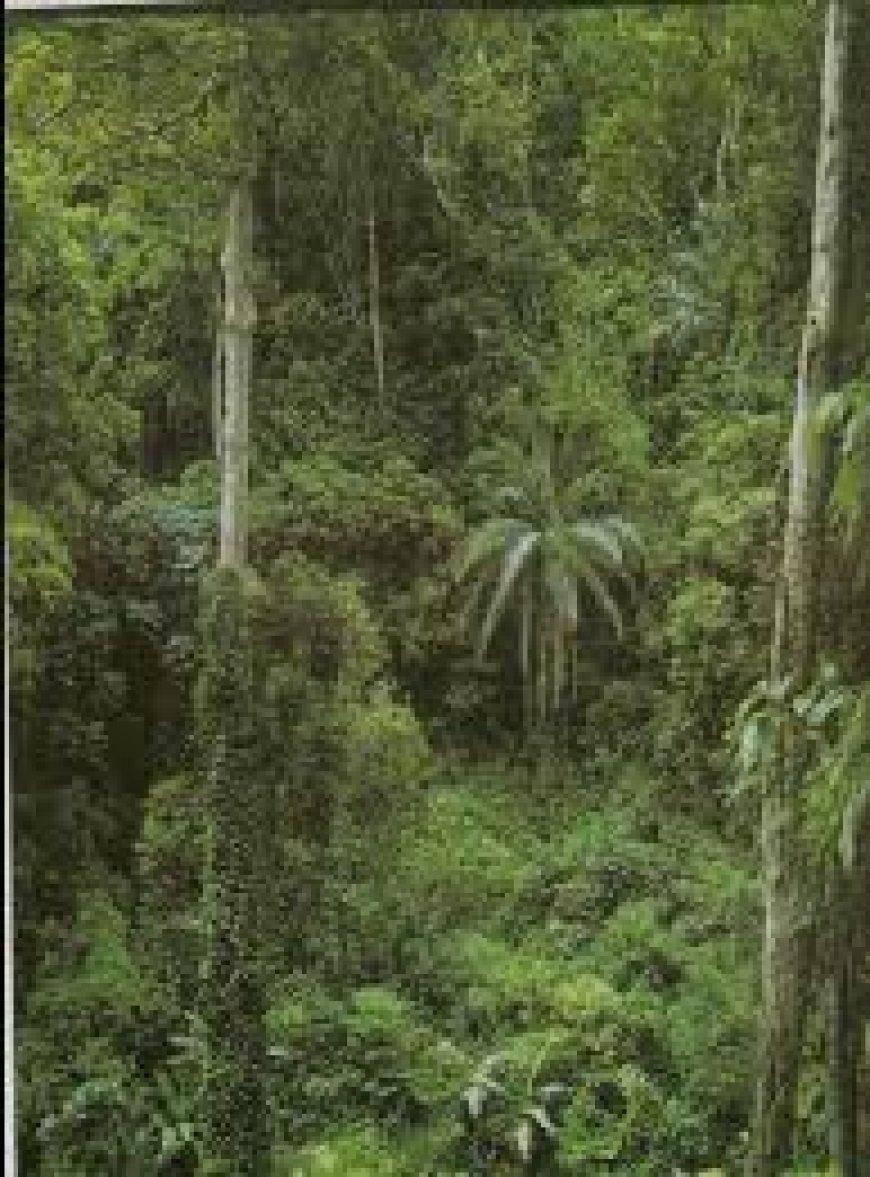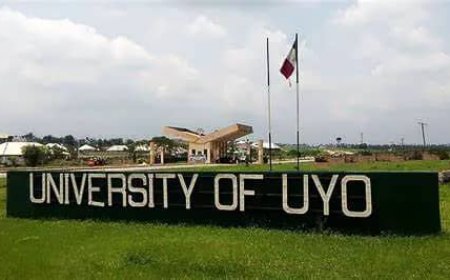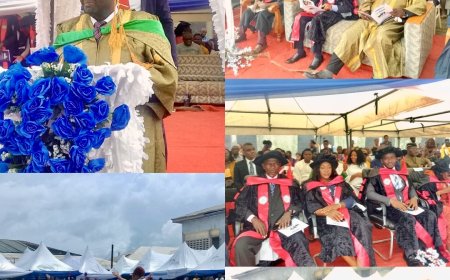FOREST OF FORTUNE: HARNESSING THE HIDDEN WEALTH OF NON-TIMBER RESOURCES IN CROSS RIVER STATE

Anthony EKPO BASSEY
Deep within the verdant vaults of Cross River’s rainforests, where sunlight slants through ancient trees and the soil smells of stories long untold, there lies an overlooked opportunity, both green and golden. While the world clamours for crude and commodities, Cross River sits quietly on a treasure far less destructive and far more sustainable: non-timber forest products (NTFPs).
Long gathered by forest communities for food, medicine, and trade, these resources, think bitter kola, bush mango (ogbono), snail shells, wild honey, mushrooms, raffia, spices, medicinal herbs, and essential oils, have served families for generations. Yet, their economic value has rarely been recognised, much less scaled. What the forests offer freely, we have failed to fund strategically.
Now, with rising global interest in organic, natural, and ethically-sourced products, Cross River finds itself standing at the edge of a new frontier, one where the forest is not felled but fostered for revenue.
One can almost picture it: rows of wild bee hives tucked beneath tree canopies, honey harvested not in haste but with harmony; baskets of dried herbs packaged and shipped from small cooperatives to skincare companies in Sweden; jars of ground ogbono bearing eco-labels, their labels telling not just the product’s story but the people’s.
The potential is as vast as the forest itself. Yet it remains mostly unmeasured and unmonetised.
Furthermore, to turn leaves into livelihoods, Cross River must take deliberate steps. First, by building value chains and helping local gatherers organise into cooperatives, introducing low-tech processing centres, and providing basic tools for preservation and packaging. Second, by facilitating certification and branding, so these products can meet export standards and tell a story of sustainability. Third, by linking communities with markets such as, online platforms, export trade shows, and fair-trade partnerships. Finally, by supporting research into medicinal plants, many of which still grow quietly in the shadows, curing coughs and cuts with no patents to their name.
Also, a small, strategic investment in forest-based enterprises could yield far-reaching results: jobs for rural women and youths, export earnings, healthier ecosystems, and a renewed respect for indigenous knowledge.
Most importantly, it would shift the narrative, from cutting trees to cultivating wealth within them. For every log left standing, every plant harvested with care, the forest offers gratitude in the form of growth.
It is gratuitous to note that Cross River does not need to chase fleeting fortunes in oil or overextend itself in uncertain infrastructure. Sometimes, prosperity lies right under our noses, in the scent of wild thyme, the gleam of snail shells, the stickiness of honey combs, and the quiet dignity of forest people who, if given the chance, can turn tradition into trade.
Let us not strip the forest to feed today. Let us farm it, wisely and warmly, for tomorrow. For within its shaded silence, Cross River holds not only stories of the past but seeds of the future.












































